Product Overview
Stanozolol (commonly known by its brand name Winstrol) is a synthetic anabolic-androgenic steroid first synthesized in the late 1950s and marketed decades ago under the brand name Winstrol for rare medical conditions such as hereditary angioedema and certain anemias. Because of its schedule III controlled-substance status and history of misuse in competitive sports, the commercially manufactured brand product was voluntarily withdrawn, and any current therapeutic application in the United States now relies on prescription-based compounding under section 503A, which restricts preparation to patient-specific orders in state-licensed pharmacies. When dispensed as compounded Stanozolol Capsules, the formulation is intended solely for oral administration and is provided in strengths that allow physicians to titrate the dose to the lowest level that maintains symptom control while minimizing adverse effects. As an anabolic steroid, stanozolol exerts a high anabolic-to-androgenic activity ratio, meaning it can enhance protein synthesis with comparatively less virilizing potential than testosterone, yet clinically significant androgenic effects can still manifest, especially in sensitive individuals.
Therapeutic use is generally confined to prevention of hereditary angioedema attacks, support of selected catabolic or hematologic disorders, or other infrequent off-label indications judged appropriate by a knowledgeable clinician who has determined that alternative treatments are unsuitable. Because safety and efficacy data are limited and largely derived from small observational cohorts rather than large randomized trials, prescribers approach therapy with caution, obtaining informed consent that emphasizes unknowns as well as known risks. Federal and state regulations require secure storage, strict record-keeping, and periodic reevaluation of ongoing need, reflecting the medication’s diversion potential. Patients must understand that stanozolol is not approved by the U.S. Food and Drug Administration for any indication and that every prescription is individually compounded, so product strength and excipients may vary between pharmacies. Proper counseling therefore covers not only the pharmacology but also expectations regarding sourcing, monitoring, and legal responsibilities associated with possessing a controlled substance[1]
Because Stanozolol Capsules are dispensed solely through patient-specific compounding, dosing regimens are individualized, yet historical clinical experience provides a pragmatic framework. For prophylaxis of hereditary angioedema in adults, therapy often begins with 2 mg taken orally three times daily; this loading dose aims to saturate hepatic protein synthesis pathways quickly to forestall attacks. Once control is achieved, the prescriber typically implements a stepwise taper, commonly reducing to 2 mg twice daily after several weeks, then to 2 mg once daily, and eventually to alternate-day dosing if symptoms remain quiescent. Maintenance doses in the literature range from 0.5 mg to 2 mg per day, reflecting inter-patient variability in protein-synthetic response and disease severity.
Available compounded strengths of 5, 10, 25, and 50 mg per capsule facilitate flexible titration: patients using very low maintenance doses may either split capsules or utilize pharmacy-prepared micro-doses when feasible. For conditions other than hereditary angioedema, such as select refractory anemias, dosing may differ and is determined by hematologic response and tolerance. Pediatric use is generally discouraged; if deemed essential, weight-based dosing and growth-plate monitoring are obligatory. Clinicians emphasize taking doses at consistent intervals with water, avoiding grapefruits or other CYP450-modulating foods that could unpredictably alter exposures. Dose adjustments should never be self-directed but guided by regular follow-up assessments that include symptom review and laboratory surveillance[7]
Typical oral doses:
- Men:
- Beginner: 20-30 mg/day
- Intermediate to advanced: 40-50 mg/day
- Often taken in split doses (e.g., 25 mg AM and 25 mg PM if doing 50 mg/day)
- Cycle length: Usually 6-8 weeks
- Women (with extreme caution):
- Typical range: 5-10 mg/day
- Higher doses carry very high virilization risk
Stanozolol acts primarily by binding to the intracellular androgen receptor, a nuclear transcription factor that, upon steroid binding, dimerizes and attaches to specific DNA sequences known as androgen response elements. This ligand-receptor complex modulates transcription of genes involved in muscle protein synthesis, erythropoiesis, and bone matrix deposition. In hepatic tissue the same genomic signaling up-regulates synthesis of a range of plasma proteins, including C1 esterase inhibitor, kininase II, and antithrombin III. Hereditary angioedema is characterized by deficiency or dysfunction of C1 esterase inhibitor; by increasing hepatic output of this protein, stanozolol mitigates unchecked activation of the kallikrein-bradykinin pathway and thereby reduces vascular permeability that precipitates swelling attacks.
The drug also appears to diminish complement-derived inflammatory mediators by increasing C4 and C2 levels, further strengthening its prophylactic effect. Compared with testosterone, stanozolol is alkylated at the 17-alpha position, conferring oral bioavailability but also imposing extra metabolic strain on the liver. Pharmacokinetic studies indicate rapid absorption with peak serum concentrations reached within two to three hours, followed by first-pass metabolism through reduction, hydroxylation, and conjugation pathways before biliary and renal excretion. In skeletal muscle, anabolic signaling is linked to enhanced mTOR pathway activation and suppression of myostatin transcripts, potentially explaining historical misuse for performance enhancement. Nonetheless, the anabolic-to-androgenic ratio, while favorable, is not infinite; receptor activation in pilosebaceous units, laryngeal cartilage, and gonadal tissues still occurs, accounting for acne, voice deepening, and gonadotropin suppression observed clinically.
Non-genomic mechanisms have also been proposed: stanozolol may interact with membrane-associated androgen receptors and modulate ion channels, influencing nitric oxide synthesis and contributing to its reported though unconfirmed fibrinolytic properties. The breadth of these biochemical actions underscores why therapeutic benefit is balanced against systemic effects and why ongoing laboratory monitoring is indispensable for any patient maintained on long-term prophylaxis[2]
Stanozolol is contraindicated in any patient with known or suspected carcinoma of the prostate or male breast because androgenic stimulation can accelerate neoplastic growth in hormone-dependent tissues. Female patients with breast carcinoma that is accompanied by hypercalcemia must likewise avoid therapy; anabolic steroids can increase osteolysis, worsening calcium dysregulation and contributing to metastatic complications. Severe hepatic dysfunction, including active hepatitis, cholestasis, or cirrhosis, represents another absolute contraindication because 17-alpha alkylated steroids are hepatotoxic and may precipitate life-threatening hepatic failure in compromised livers. Nephrotic syndrome and the nephrotic phase of nephritis are additional exclusion criteria as anabolic steroids can promote sodium retention, edema, and a hypercoagulable state, amplifying renal hemodynamic stress. Pregnancy is strictly prohibited given documented teratogenicity and risk of virilization of a female fetus; similarly, breastfeeding is discouraged because drug passage into milk could impact neonatal hormonal balance. Hypersensitivity to any component of the compounded capsule, including excipients such as lactose or gelatin, mandates avoidance of the preparation.
Clinicians must exercise extreme caution in patients with history of myocardial infarction, coronary artery disease, uncontrolled hypertension, severe dyslipidemia, or polycythemia, as stanozolol can exacerbate these conditions; although not absolute contraindications, such comorbidities often tilt the risk-benefit assessment toward alternative therapies. Endocrine disorders characterized by androgen excess, such as androgen-sensitive polycystic ovary syndrome, also argue against use. Professional guidelines recommend baseline assessment of liver enzymes, lipid panels, hematocrit, and hormonal profiles before commencing therapy; if any parameter is severely abnormal, initiation should be deferred until corrected or an alternative treatment selected. Because stanozolol is a controlled substance, active substance-use disorder involving anabolic agents or other performance-enhancing drugs suggests diversion risk and represents a relative contraindication unless stringent monitoring and support are established. Overall, safe prescribing requires rigorous screening to identify both absolute and relative contraindications before the first dose is dispensed[3]
Clinically significant drug interactions with stanozolol arise from its effects on coagulation, carbohydrate metabolism, hepatic enzyme activity, and renal electrolyte handling. The most extensively documented interaction involves oral anticoagulants such as warfarin: anabolic steroids can potentiate anticoagulant response by altering synthesis of clotting factors and enhancing receptor sensitivity, leading to prolonged prothrombin time and heightened bleeding risk; dose reduction of the anticoagulant and frequent international normalized ratio checks are therefore imperative during initiation or discontinuation phases. Diabetic patients receiving insulin or sulfonylureas may experience unexpected hypoglycemia because anabolic steroids can improve peripheral glucose utilization and modulate counter-regulatory hormones; self-monitoring of blood glucose and possible antidiabetic dose adjustment are advised.
Hepatic microsomal enzyme inducers, including rifampin and certain anticonvulsants, may accelerate stanozolol metabolism, diminishing therapeutic effect, whereas inhibitors such as ketoconazole could elevate serum levels and toxicity. Concomitant administration with other hepatotoxic medications-among them high-dose acetaminophen, azathioprine, or long-term methotrexate-increases cumulative hepatic burden and should be limited or closely watched via periodic liver function tests. Because stanozolol can promote sodium and water retention, its use alongside corticosteroids or non-steroidal anti-inflammatory drugs may synergistically exacerbate edema and hypertension, particularly in patients with cardiovascular disease. The drug’s erythropoietic stimulation can potentiate polycythemic responses when combined with recombinant erythropoietin, raising thrombotic risk.
In the endocrine arena, gonadotropin-releasing hormone analogs or testosterone replacement regimens may unpredictably interact by altering hypothalamic-pituitary feedback loops, complicating interpretation of hormonal assays. Herbal supplements with hepatotoxic potential, such as kava or comfrey, pose additional but often overlooked risks. Finally, because stanozolol is a schedule III controlled substance, co-administration with central nervous system depressants could impair judgment and increase accident potential, although direct pharmacodynamic synergy is minimal. A detailed medication reconciliation is thus essential before and during therapy[4]
Adverse reactions to stanozolol encompass hepatic, cardiovascular, endocrine, dermatologic, neuropsychiatric, and hematologic domains. Hepatotoxicity remains the most serious concern: prolonged high-dose administration has been associated with cholestatic jaundice, peliosis hepatis, benign adenomas, and, albeit rarely, hepatocellular carcinoma. Regular monitoring of alanine aminotransferase, aspartate aminotransferase, alkaline phosphatase, and bilirubin is recommended, and any unexplained right upper-quadrant pain or jaundice warrants immediate evaluation. Cardiovascular sequelae include reductions in high-density lipoprotein cholesterol and elevations in low-density lipoprotein cholesterol, shifts that can accelerate atherosclerosis; stanozolol may also promote fluid retention leading to peripheral edema or exacerbate hypertension in predisposed individuals.
Endocrine effects differ by sex: in males, testicular atrophy, decreased spermatogenesis, oligospermia, impotence, and gynecomastia have been reported, all stemming from suppression of the hypothalamic-pituitary-gonadal axis; in females, virilization manifests as acne, seborrhea, hirsutism, voice deepening, menstrual irregularities, and clitoromegaly, some of which may be irreversible if not detected early. Acne and oily skin arise from heightened sebaceous gland activity, while alopecia can occur in genetically susceptible patients. Neuropsychiatric events range from mood swings and irritability to aggression or depressive episodes; individuals with preexisting mood disorders may be especially vulnerable. Sleep disturbances, including insomnia or altered circadian rhythm, have been noted. Hematologically, moderate increases in hemoglobin and hematocrit can progress to polycythemia, raising the likelihood of thromboembolic complications; periodic complete blood counts are therefore prudent.
Musculoskeletal complaints such as tendon discomfort or premature closure of epiphyses in adolescents-where therapy is generally discouraged-reflect altered collagen synthesis. Lipid and hepatic derangements are typically dose related and often improve with down-titration or discontinuation, underscoring the clinical axiom that the minimum effective dose should be pursued. Importantly, long-term observational studies of hereditary angioedema patients have shown that, with careful monitoring and maintenance doses not exceeding those required for symptom control, many side effects are mild and reversible; nonetheless, therapy must never be considered benign, and periodic reassessment of risk versus benefit is a cornerstone of responsible prescribing[5]
Stanozolol is contraindicated in pregnancy and classified as a category X agent largely because exposure during organogenesis can disrupt normal sexual differentiation and skeletal development. Reports and animal studies suggest that female fetuses subjected to androgenic compounds may develop virilization of the external genitalia, including labial fusion and clitoromegaly, changes that can necessitate surgical correction and carry psychosocial consequences. In male fetuses, exogenous androgen exposure at inappropriate developmental windows might suppress endogenous testosterone production, theoretically altering testicular descent or future fertility potential. Because the compound is 17-alpha-alkylated and lipophilic, maternal oral dosing could result in measurable placental passage. Women of childbearing potential are therefore instructed to employ reliable contraception and undergo periodic pregnancy testing during therapy; discovery of pregnancy mandates immediate drug cessation and obstetric consultation.
Lactation is similarly discouraged because the presence of anabolic steroids in breast milk could impact neonatal hormonal axes and growth trajectories. Given the availability of alternative prophylactic agents for hereditary angioedema, many with established pregnancy safety data, prescribing stanozolol to women who are or may become pregnant is rarely justifiable and generally avoided[footnote6[/footnote]
Stanozolol Capsules should be stored in a tightly closed, light-resistant container at controlled room temperature of 20 to 25 °C (68 to 77 °F). Excess heat, moisture, or direct sunlight may degrade the active steroid or compromise capsule integrity, while freezing could cause brittleness and content leakage. Because stanozolol is a schedule III controlled substance, the container should be secured in a locked cabinet inaccessible to children, pets, or unauthorized individuals. Patients are advised not to store the medication in the bathroom, where humidity fluctuations are common, and to keep the original labeling intact for reference to strength, beyond-use date, and pharmacy contact information. Capsules past the labeled beyond-use date, or those showing discoloration or damage, should be disposed of according to local guidelines rather than consumed. Adhering to these storage recommendations preserves potency and reduces the risk of accidental misuse[8]
- Thornton, P. (2023, August 23). Stanozolol. Drugs.com. https://www.drugs.com/monograph/stanozolol.html
- Maia, M. (2024, February 28). Winstrol for hereditary angioedema: How stanozolol reduces swelling. Angioedema News. https://angioedemanews.com/winstrol-hereditary-angioedema/
- Helfman, T., & Falanga, V. (1995). Stanozolol as a novel therapeutic agent in dermatology. Journal of the American Academy of Dermatology, 33(2), 254-258. https://doi.org/10.1016/0190-9622(95)90244-9
- Cunha, J. P. (2021, October 4). Winstrol (stanozolol) - side effects, interactions, uses. RxList. https://www.rxlist.com/winstrol-drug.htm
- Medindia. (2024, November 8). Stanozolol: Indications, dosage, side effects and precautions. Medindia. https://www.medindia.net/drug-price/stanozolol.htm
- Drugs..com. (2025). Stanozolol: Pregnancy and breastfeeding warnings. Drugs.com. https://www.drugs.com/pregnancy/stanozolol.html
- Drugs..com. (n.d.). Stanozolol dosage guide. Drugs.com. Retrieved June 18, 2025, from https://www.drugs.com/dosage/stanozolol.html
- Gollakner, R. (2020). Stانوzolol. VCA Animal Hospitals. https://vcahospitals.com/know-your-pet/stanozolol
- U.S. Anti-Doping Agency. (2025, May 19). Stanozolol: Anti-doping overview. USADA. https://www.usada.org/spirit-of-sport/what-is-stanozolol/
Is stanozolol identical to the discontinued brand Winstrol?
Yes; Winstrol was the trade name for pharmaceutical stanozolol tablets that left the U.S. market in 2010, so any current prescription is necessarily compounded.
Why is the medication controlled?
It carries a schedule III designation because of documented misuse for physique and performance enhancement, requiring secure handling and limiting refills.
What legitimate condition is it most often prescribed for today?
Hereditary angioedema remains the main indication, as stanozolol can raise C1 esterase inhibitor levels sufficiently to prevent swelling episodes.
How quickly does prophylaxis begin to work?
Many patients notice fewer attacks within two to four weeks, though full benefit may take several months of consistent dosing.
Can I drink alcohol while taking stanozolol?
Moderate alcohol augments hepatic load and may compound liver enzyme elevations; complete abstinence or strict limitation is therefore recommended.
Will the drug affect fertility?
Temporary suppression of sperm production in men and menstrual irregularities in women are possible but typically reverse after discontinuation.
Is regular blood testing necessary?
Yes; providers usually order liver enzymes, lipid panels, complete blood counts, and hormone assays every three to six months to detect emerging adverse effects early.
What should I do if I miss a dose?
Take the missed dose as soon as remembered unless the next scheduled dose is imminent; do not double doses, and inform your prescriber if misses become frequent.
Are there alternatives if I develop side effects?
Modern treatments for hereditary angioedema, including plasma-derived or recombinant C1 inhibitor concentrates and kallikrein inhibitors, may replace stanozolol when intolerance arises.
How should unused capsules be discarded?
Mix them with an unpalatable substance such as used coffee grounds in a sealed bag and dispose in household trash, or use a community take-back program if available[9]
Disclaimer: This compounded medication is prepared under section 503A of the U.S. Federal Food, Drug, and Cosmetic Act. Safety and efficacy for this formulation have not been evaluated by the FDA. Therapy should be initiated and monitored only by qualified healthcare professionals.
503A vs 503B
- 503A pharmacies compound products for specific patients whose prescriptions are sent by their healthcare provider.
- 503B outsourcing facilities compound products on a larger scale (bulk amounts) for healthcare providers to have on hand and administer to patients in their offices.
Frequently asked questions
Our team of experts has the answers you're looking for.
A clinical pharmacist cannot recommend a specific doctor. Because we are licensed in all 50 states*, we can accept prescriptions from many licensed prescribers if the prescription is written within their scope of practice and with a valid patient-practitioner relationship.
*Licensing is subject to change.
Each injectable IV product will have the osmolarity listed on the label located on the vial.

Given the vastness and uniqueness of individualized compounded formulations, it is impossible to list every potential compound we offer. To inquire if we currently carry or can compound your prescription, please fill out the form located on our Contact page or call us at (877) 562-8577.
We source all our medications and active pharmaceutical ingredients from FDA-registered suppliers and manufacturers.

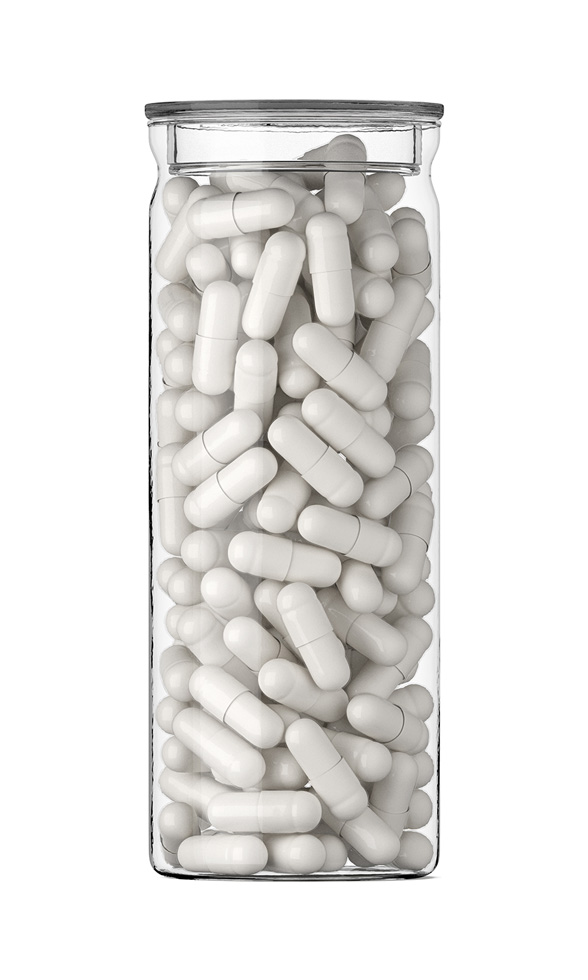
 Oxandrolone Tablets
Oxandrolone Tablets Oxandrolone Troches
Oxandrolone Troches Oxymetholone Capsules
Oxymetholone Capsules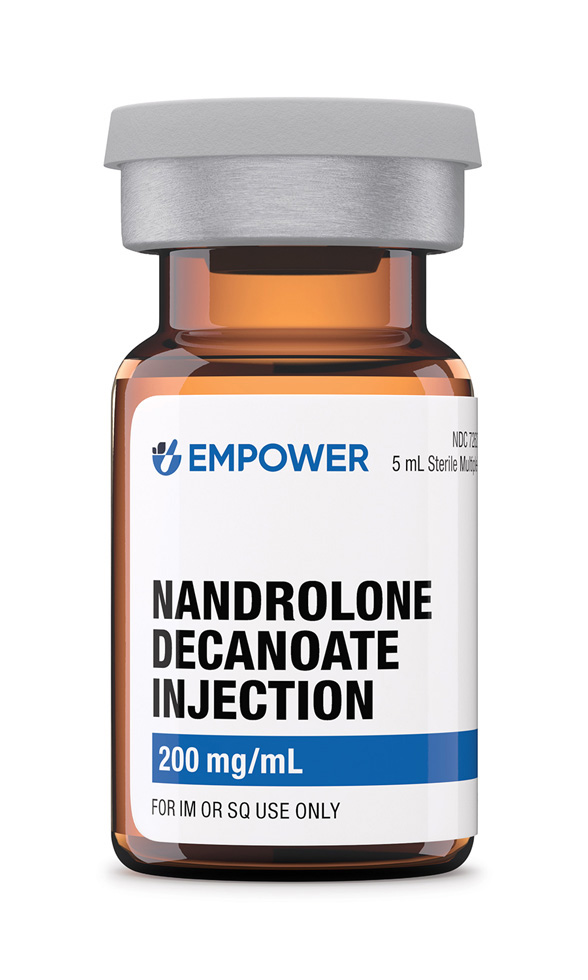 Nandrolone Decanoate Injection
Nandrolone Decanoate Injection Danazol Capsules
Danazol Capsules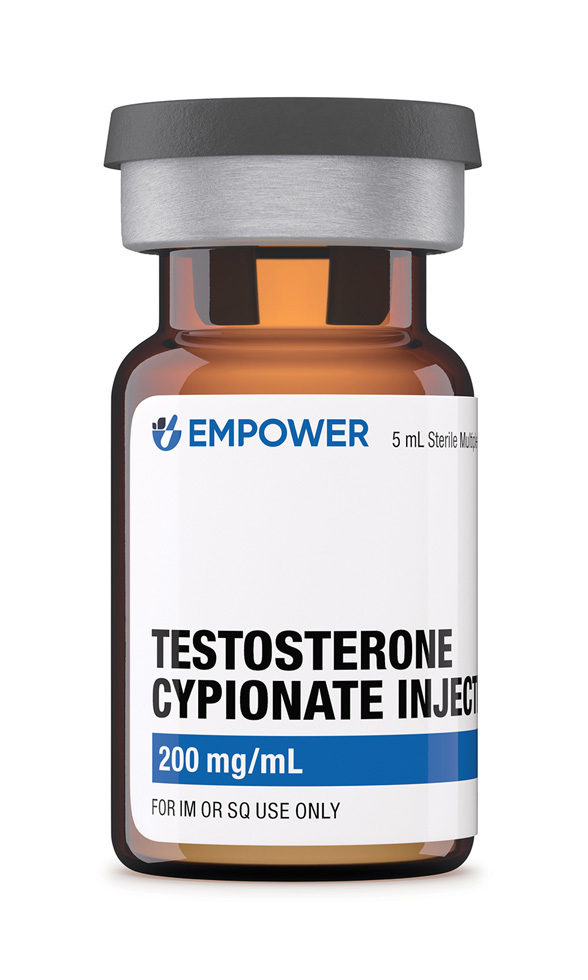 Testosterone Cypionate Injection
Testosterone Cypionate Injection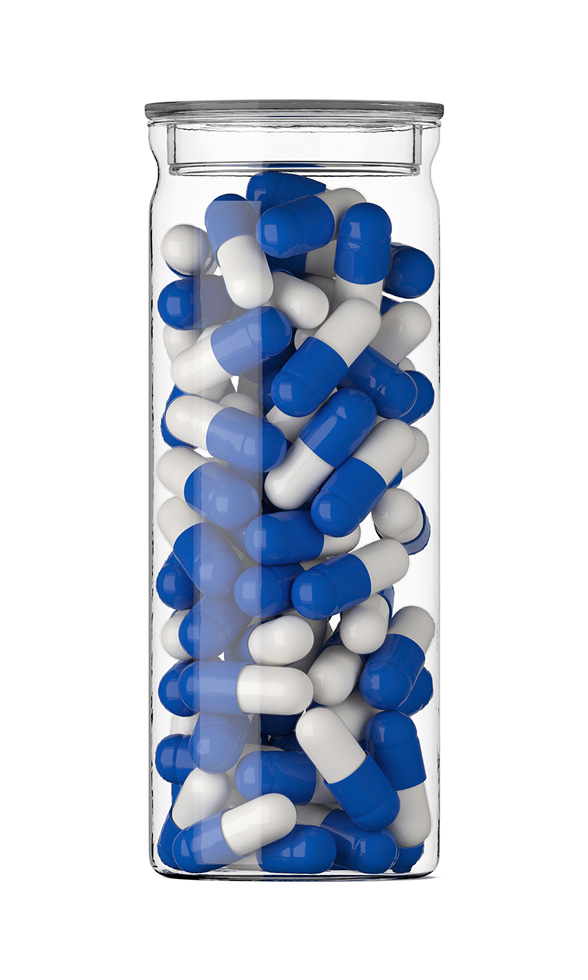 Enclomiphene Citrate Capsules
Enclomiphene Citrate Capsules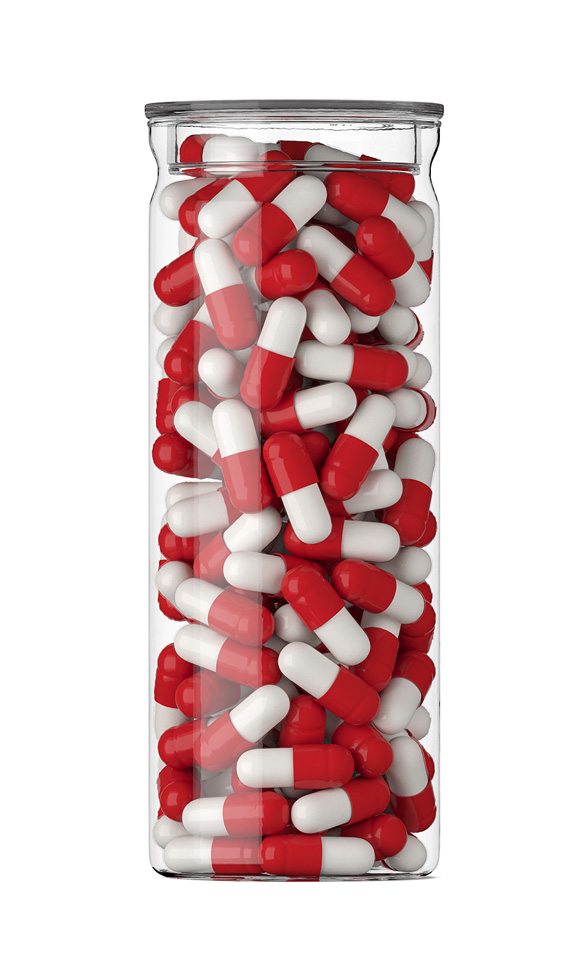 Anastrozole Capsules
Anastrozole Capsules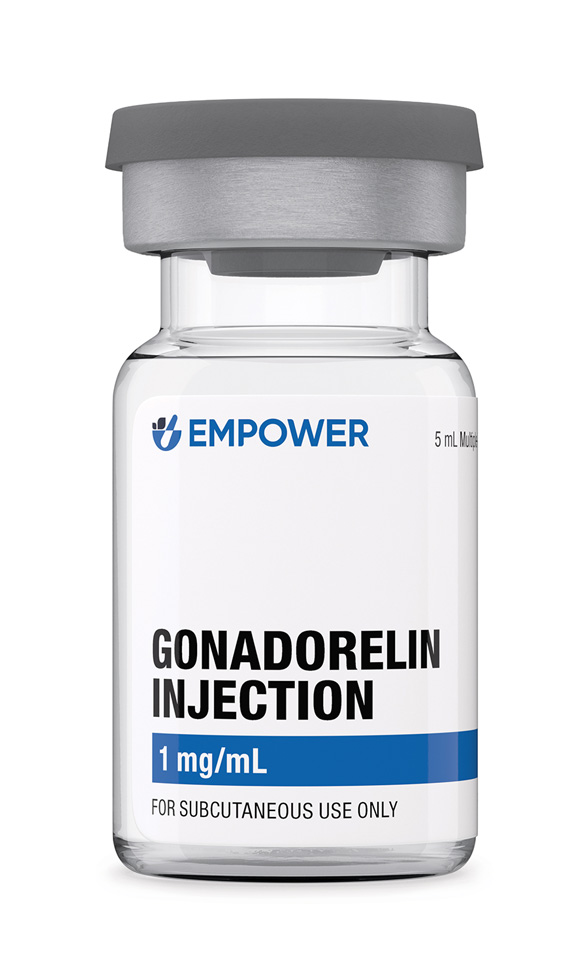 Gonadorelin Injection
Gonadorelin Injection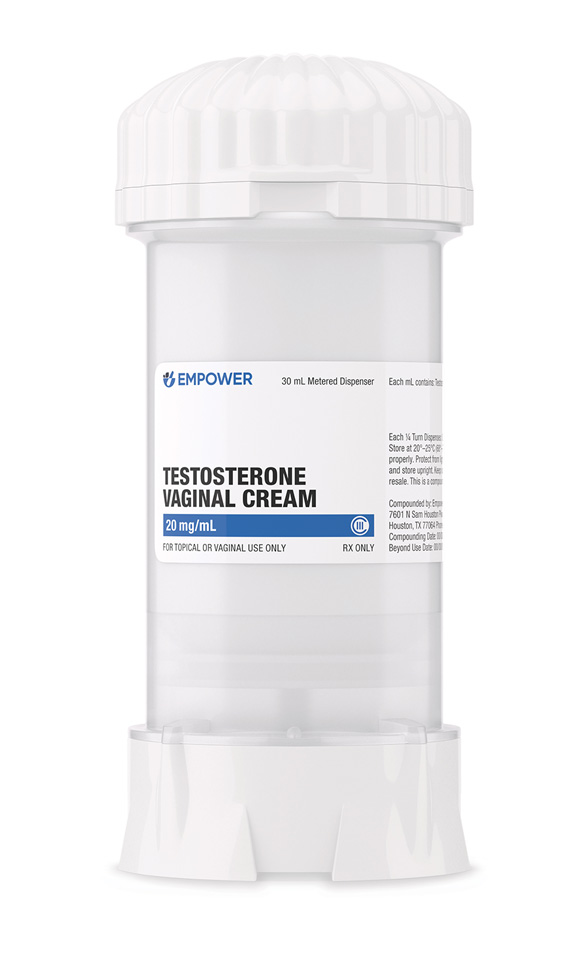 Testosterone Vaginal Cream
Testosterone Vaginal Cream